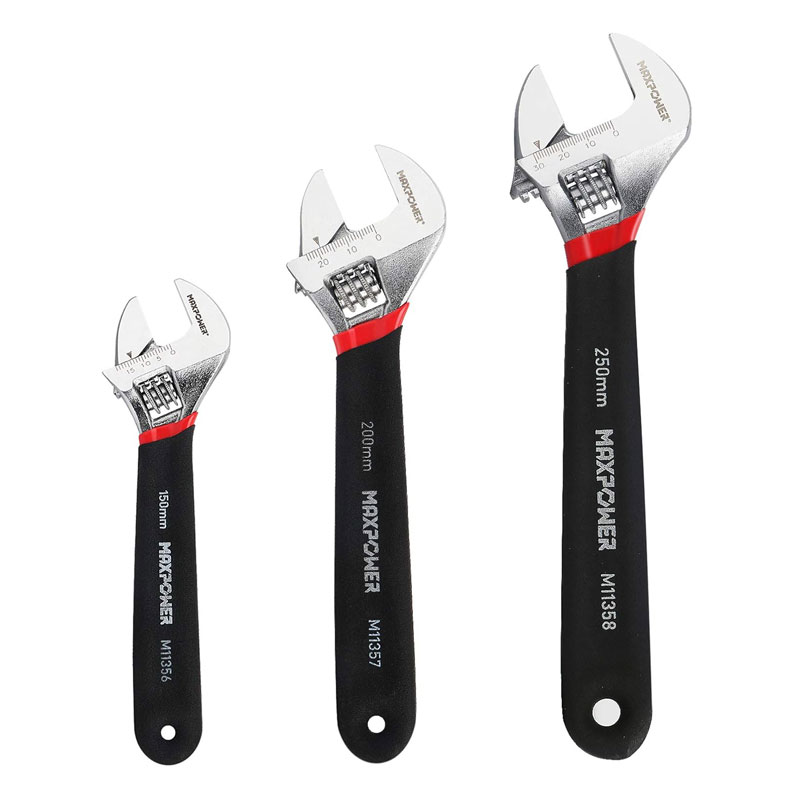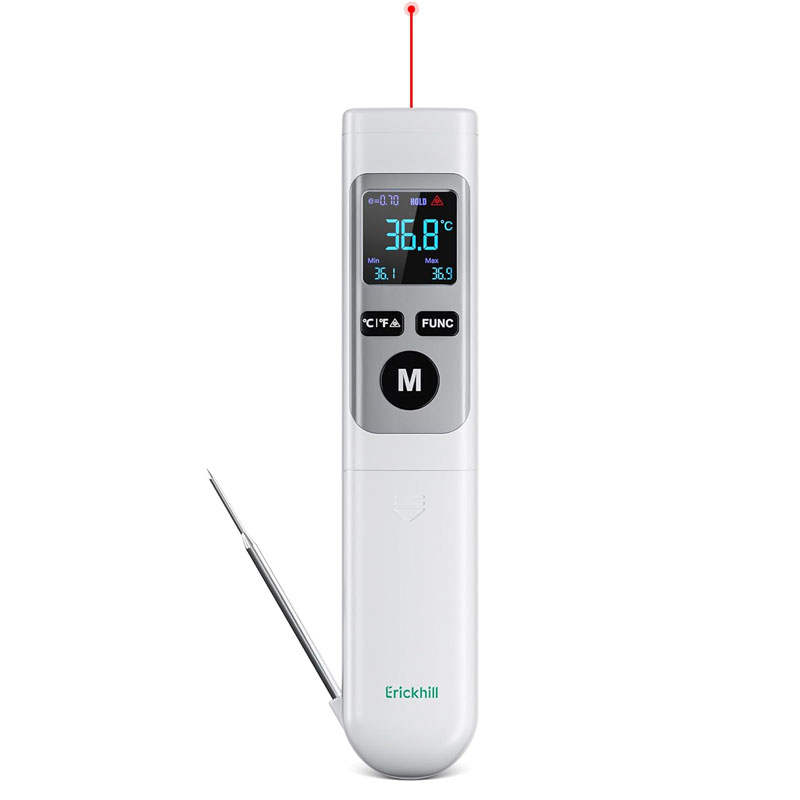How to balance radiators to create an efficient, cost-effective and cosy heating system
Learning how to balance radiators will eliminate hot and cold radiators. Here you can follow our easy to read step-by-step DIY guide to even out heat distribution
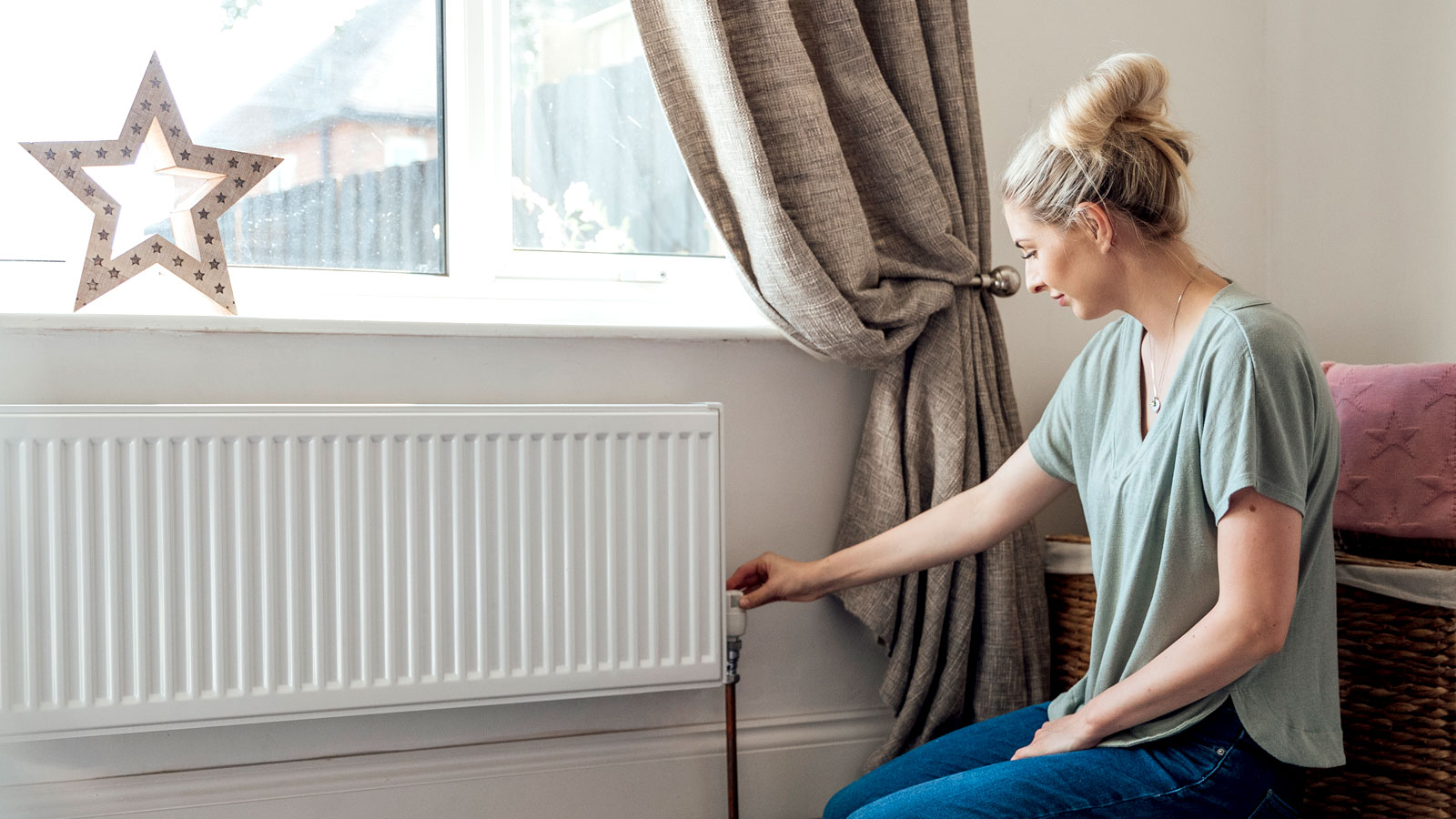
Are some of your radiators in your home hot, while others are cold? Then it's time to learn how to balance radiators to help stop it happening. No-one wants cold spots, especially in the middle of winter, or hot spots in rooms that rarely get used.
When a radiator is not heating up properly, the lack of balance between radiators can be one issue. But luckily it is one that most DIYers can tackle, and the best bit is that it will cost you very little in the way of tools.
Here we reveal the tools and techniques you’ll need to balance your radiators and make sure every room is toasty when it's cold.
How to balance radiators: The tools you'll need
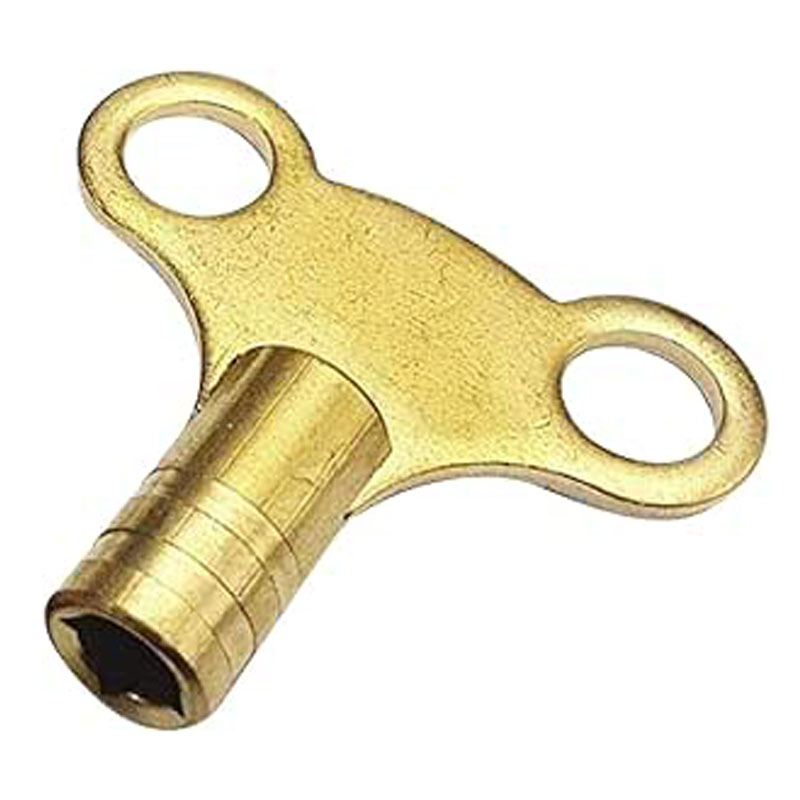
This butterfly shaped bleed key made from solid brass for easy usage, boasts a square opening which is compatible with most radiators.
Five steps to balance radiators
1. Turn off central heating
The first step is to bleed all radiators. Then turn off the central heating and allow the radiators to cool down. Once all the radiators are cool remove the lockshield cap. It will typically have a push-on cap or one that is secured with a screw through the top.
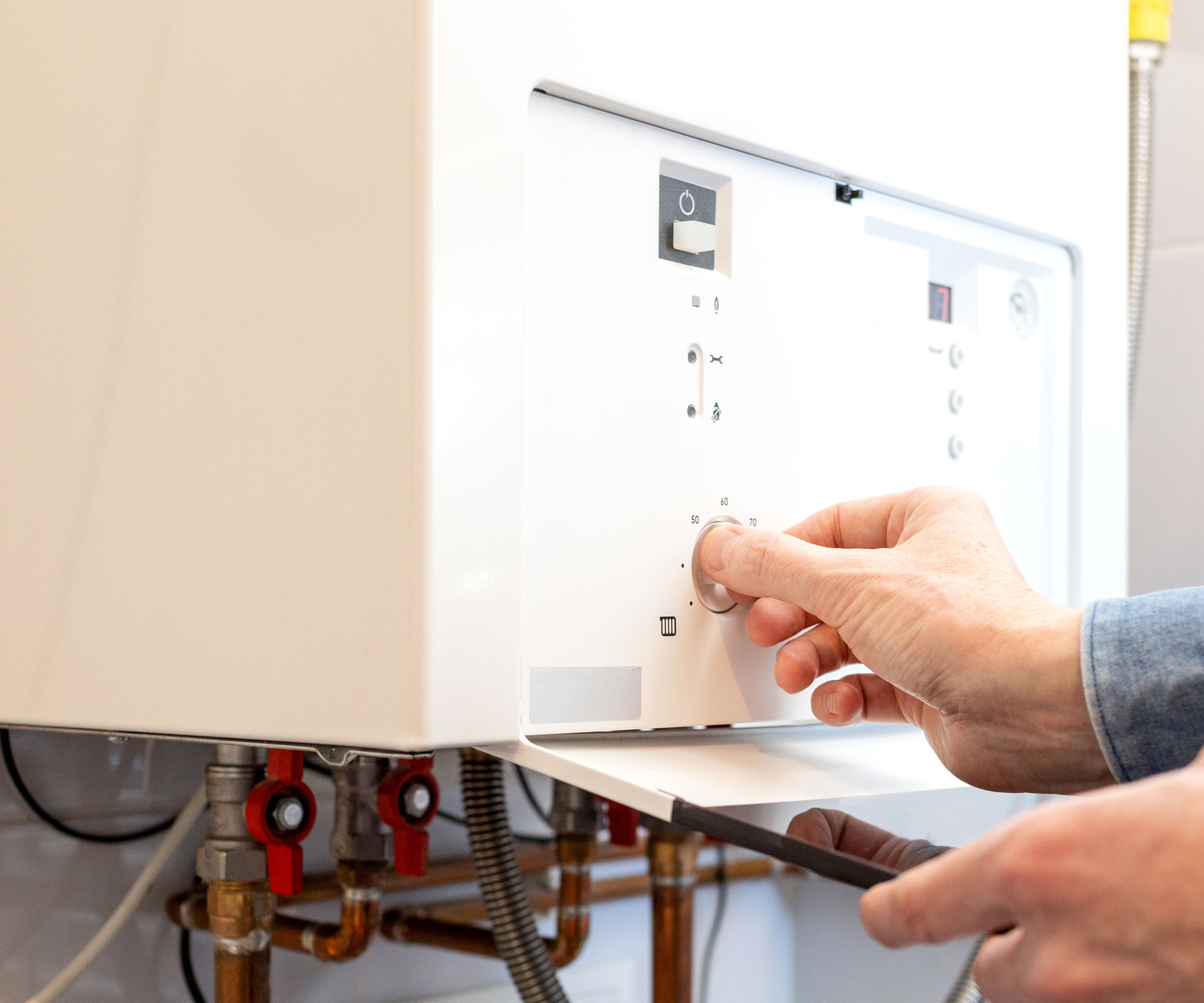
2. Open radiator valves
Most modern radiators will have a TRV (thermostatic radiator valve) on the other side to the lockshield valve. This controls the level of heat and can switch off the flow of hot water. Older models will typically have what is known as a wheel head valve, which performs the same task.
Open up the valves on all the radiators in the house by turning them anti-clockwise. TRVs and wheel head valves can be turned easily by hand. However, lock shield valves will need a plastic adjuster or an adjustable spanner to open it up.
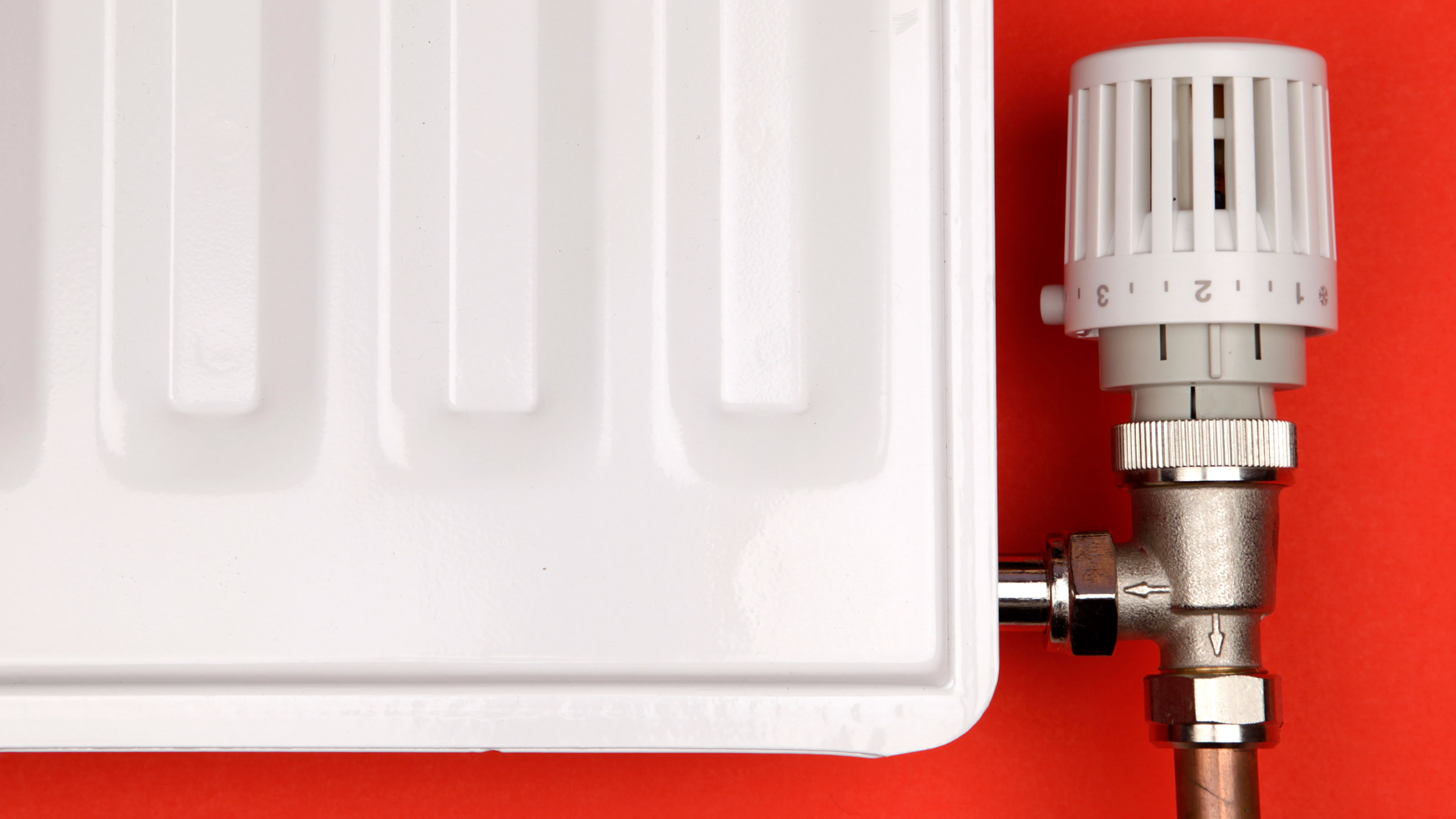
3. Check order radiators heat up
Turn the central heating back on and note down the order the radiators heat up. "Usually, the radiator nearest to the boiler will get warm first — it is important to take note of this when checking how your system is running," says heating expert Martyn Bridges.
"If the radiator closest to the boiler doesn’t get warm first, this typically means your system is unbalanced," he adds.
If you’ve got a lot of radiators, get help from another member of the household to work out the heating up order. Once finished, turn the heating off and wait while the radiators cool down.

Martyn has over 40 years of experience in the heating industry. He is a highly active, influential individual within heating and has held positions of high regard across the industry. This includes chairing the Technical Panel for the HHIC and being on the board for OFTEC, CIPHE and the Hot Water Association.
4. Take temperatures
When the radiators are cool, switch the heating back on and go to the first radiator on your list. Turn the lockshield valve clockwise until it is closed and then open it by a quarter of a turn. Once the radiator has warmed up, take a temperature reading at the pipework leading to one of the valves.
Now take a temperature reading at the pipework leading to the valve on the other end of the radiator and open the lockshield valve gradually until there’s a 12°C difference between the two. (Allow a couple of minutes after each adjustment for the temperature to change.)
5. Check remaining radiators
Now check the rest of the radiators – ensuring there is a 12°C difference in temperature – in the system following the order on the list you noted previously. The further you move away from the boiler, you’ll find the lockshield valve will have to be opened more.
The last radiator may need to have the lockshield valve fully open to work at full efficiency. Your radiators will now be balanced and should work perfectly.
Balance radiators FAQs
What happens if radiators are not balanced?
Poorly balanced radiators will not work as they should when first installed. Typically it will cause issues as Bridges reveals: “If radiators are not balanced they can cause a number of issues such as cold spots in your home with uneven heating — meaning the system is ultimately running inefficiently.”
Effectively this means that some rooms will heat up quicker than other rooms. This will leave some rooms feeling too hot whilst others will be colder than expected.
Do I need a plumber to balance my radiators?
This is a job that you can do yourself, but if you have no experience it can take much longer to get the balance right. You will need patience, especially if you have a lot of radiators to balance. The more radiators that need balancing the longer the job will take. And you may end up with exactly the same issues you had before you started.
If not confident tackling balancing radiators the alternative option is to call in a plumber. The cost will vary depending on different factors, but as a rough guideline expect to pay around £100-£150.
Why is 12°C the optimal temperature difference between the two valves?
The temperature range between the two valves is considered the most efficient temperature difference for a radiator. Ultimately it is a compromise between efficiency and energy usage.
It will ensure that a radiator heats up a room effectively, but without using too much energy. Making it more efficient and cost effective.
Do you balance radiators clockwise or anti-clockwise?
A radiator will have two radiator valves, typically a lockshield valve and a thermostatic radiator valve (TRV). Bridges says: “You need to find the lockshield valve and turn it anti-clockwise toward the highest number on the dial (if it has numbers).”
This will turn the valve on and fully open it. The same applies to a TRV. Depending on what valve you have you may need an adjustable spanner to fully open a valve.
When balancing radiators it's a good time to consider placement. Check out are radiators under windows a good idea or a waste of heat? and do radiator reflectors work for guidance. If you are thinking of replacing your current radiators don't forget to check out our best designer radiators guide.
Get the Homebuilding & Renovating Newsletter
Bring your dream home to life with expert advice, how to guides and design inspiration. Sign up for our newsletter and get two free tickets to a Homebuilding & Renovating Show near you.
Ben is a writer and a keen DIYer, and has undertaken a multiple of tasks from installing loft insulation, tiling, painting windows to fitting garden fences and reviving period fireplaces. He has also converted his loft on a DIY basis.
